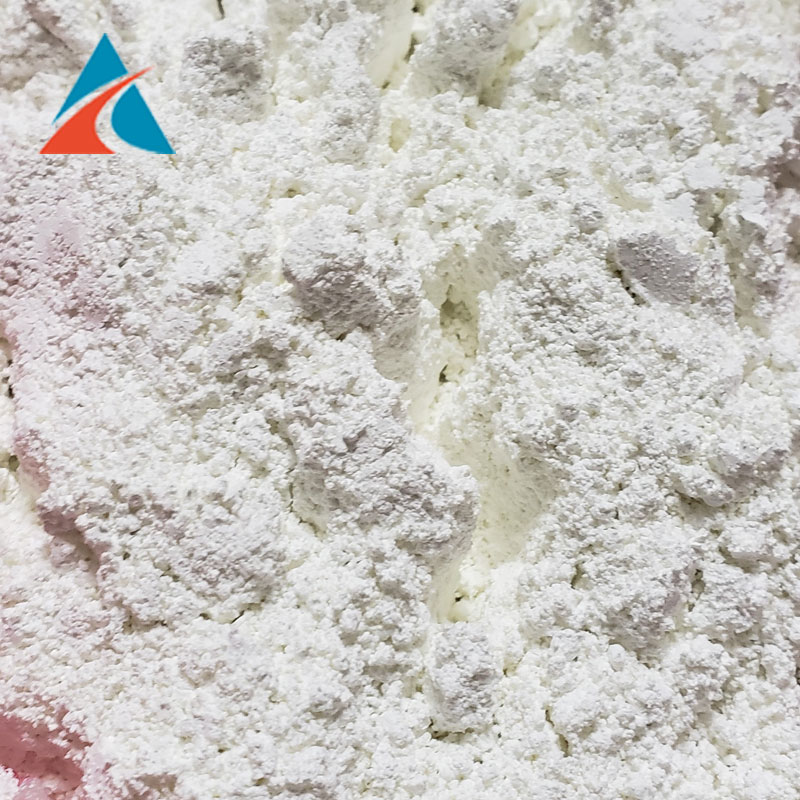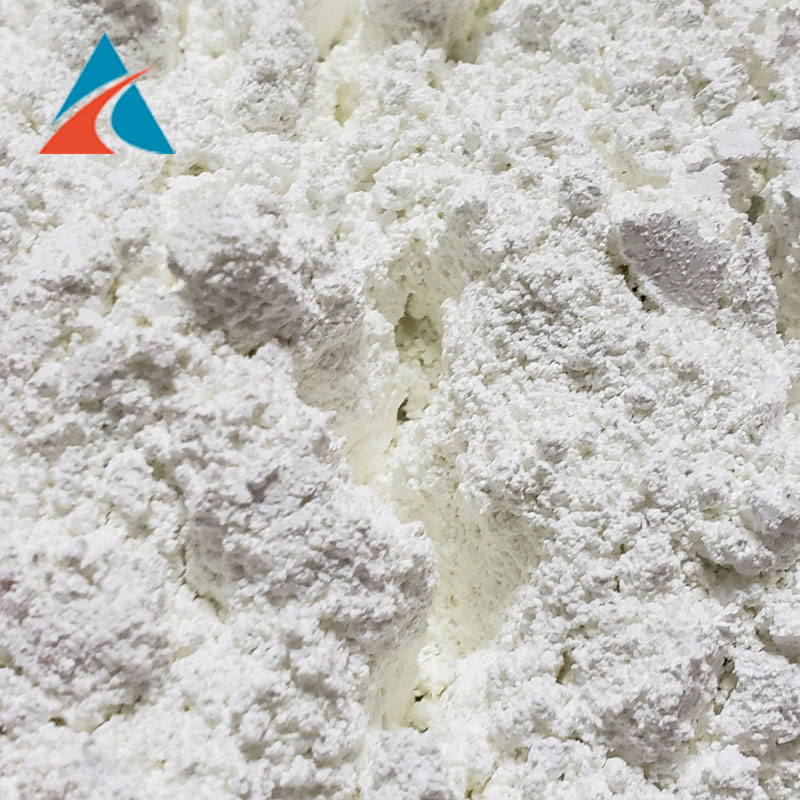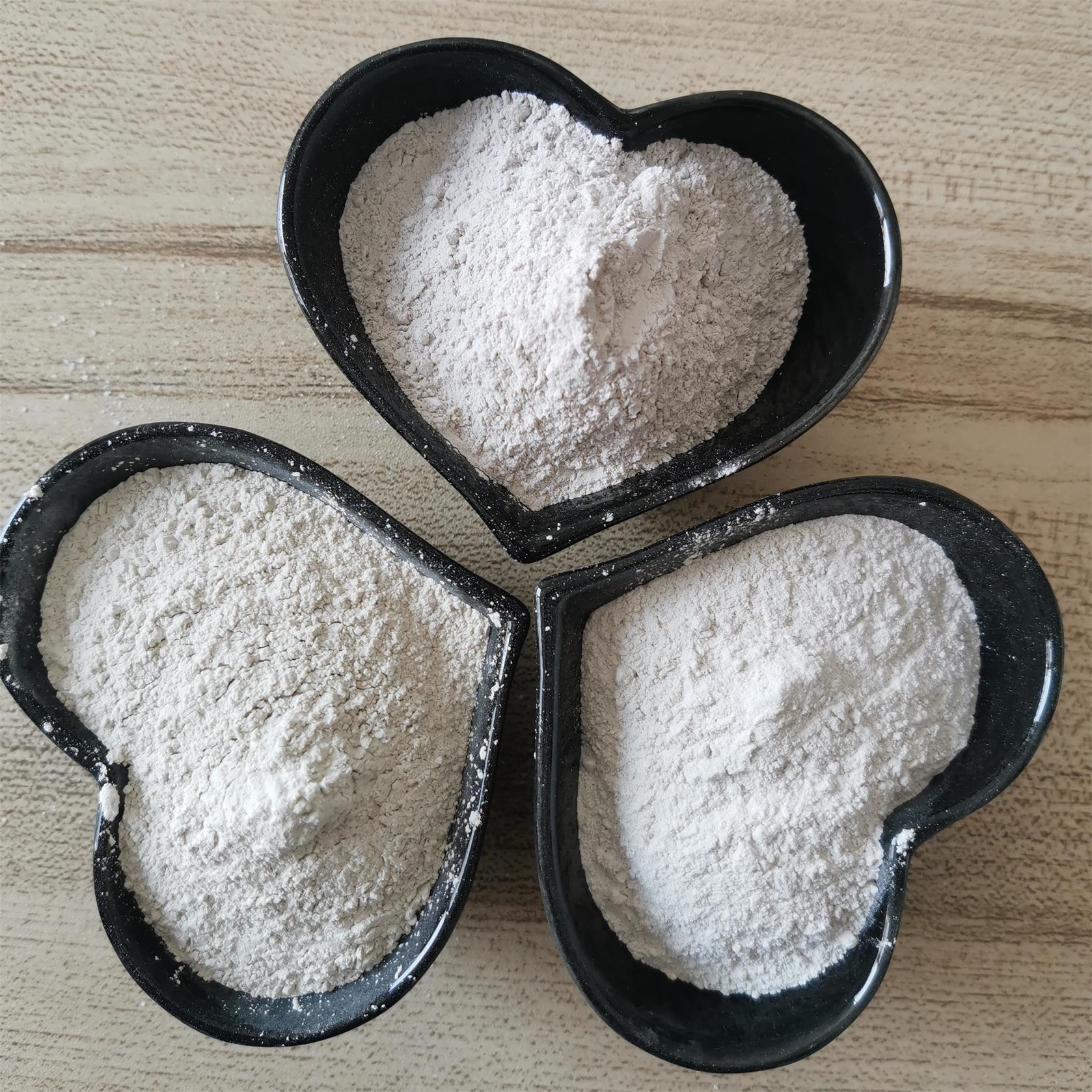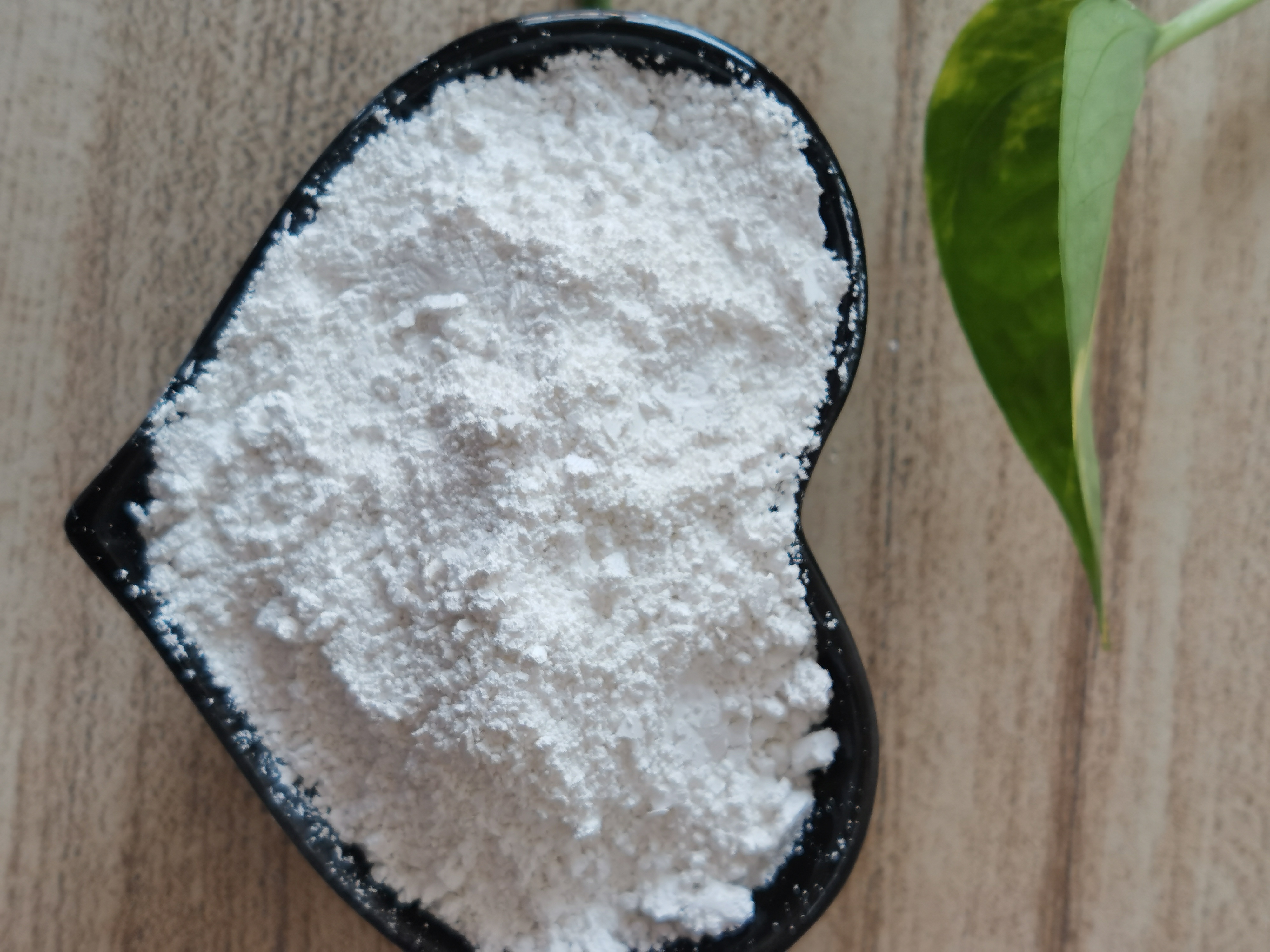kaolin
Calcined Kaolin:
White flake crystal powder, a sense of greasy, earthy taste.
Relative density: 2.58. PH value (20% water suspension) 3.8 ~ 7.5.
Mohs hardness: 2.0
Oil absorption rate: 40% ~ 50%.
Average particle size: 0.5 to 1 micron.
Maximum free water: 1.0%.
Calcined kaolin is characterized by high whiteness, small bulkdensity, large specific surface area and pore volume, good oil absorption,covering and abrasion resistance, high insulation and thermal stability.
1, chemical stability, kaolin has good acid solubility.
2. Cation exchange capacity. The cation exchange capacity ofkaolin refers to the total amount of cations exchanged by kaolin under the PHvalue of 7, including exchangeable base and exchangeable hydrogen, with theunit of mmol/g, that is, the cation exchange capacity exchanged per 1g drysample is generally 0.03-0.05mmol/g.
3. Refractoriness: kaolin is chemically composed of Al2O3 andSiO2, so it has excellent fire resistance with a refractoriness of 1770-1790℃.
physical :
Whiteness (% | 94°±1 |
Particle size (-10um,%) | ≥95% |
325 mesh residue (%) | ≤0.003% |
Oil absorption valu | ≥62% |
PH | 6.5-7.5 |
Moisture | ≤0.5% |
chemical :
SiC2(%) | AL2O3(%) | Fe2O3(%) | TiO2(%) | CaO(%) |
52-54 | 44-46 | <0.35 | <0.5 | <0.2 |
Mgo(%) | K2O(%) | Ha2O(%) | MnO(%) |
<0.2 | <0.05 | <0.1 | <0.004 |
Used in coating, paper, plastic, rubber,chemical, medicine, environmental protection, advanced refractory and otherfields





